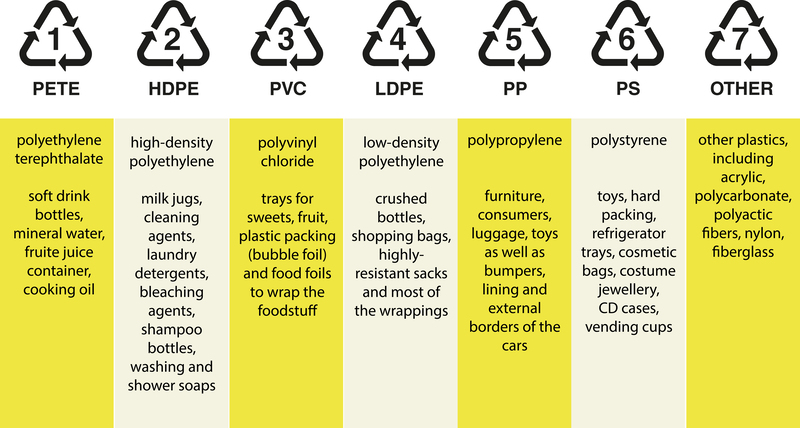A Smart Guide to Enhancing Smartphone Recycling Efforts
In our fast-paced digital world, smartphones are an essential part of our daily lives. However, the rapid turnover of these devices leads to a growing environmental issue: electronic waste, or e-waste. To combat this, improving smartphone recycling is crucial. This guide explores how individuals and organizations can enhance smartphone recycling efforts comprehensively and sustainably.
The Importance of Smartphone Recycling
The importance of smartphone recycling extends beyond simply reducing e-waste. It is about conserving resources, minimizing environmental damage, and promoting a more sustainable future. Key benefits of smartphone recycling include:
- Resource Conservation: Recycling preserves valuable materials such as gold, silver, and copper found in mobile devices.
- Environmental Preservation: Proper recycling prevents toxic substances from polluting the environment.
- Economic Benefits: The recycling industry creates jobs and stimulates economic growth.
Challenges in Smartphone Recycling
Despite its importance, smartphone recycling faces several challenges:
- Lack of Awareness: Many consumers are unaware of how to recycle smartphones properly.
- Insufficient Infrastructure: Limited recycling facilities can hinder proper disposal and recycling.
- Data Security Concerns: Fear of data breaches can deter individuals from recycling their devices.

Steps to Enhance Smartphone Recycling
To improve smartphone recycling efforts, both individuals and organizations need to adopt smarter practices. Here are several actionable steps to consider:
1. Raising Consumer Awareness
Education is the first step toward enhancing smartphone recycling. Consumers need to be informed about the environmental impact of e-waste and the important role they play. Information campaigns can help spread awareness about recycling programs and facilities.
- Create informational content on websites and social media platforms.
- Host workshops and webinars to educate the public.
- Collaborate with schools and communities to integrate recycling education.
2. Improving Recycling Infrastructure
An efficient recycling system requires robust infrastructure. Governments and private sectors should invest in building and upgrading recycling facilities. This includes:
- Establishing more collection points in easily accessible areas.
- Providing incentives for businesses to invest in recycling technology.
- Forming partnerships with tech companies to streamline recycling processes.
3. Strengthening Data Security
To address data security concerns, recycling programs must ensure that all personal data is securely erased from devices before recycling. Consumers should:
- Back up data and perform a factory reset before recycling their phones.
- Use approved methods and facilities for data wiping if available.
- Stay informed about their rights and the security measures implemented by recycling programs.
4. Encouraging Manufacturer Responsibility
Manufacturers play a crucial role in enhancing smartphone recycling. They can adopt eco-friendly practices by:
- Designing products with recyclable materials.
- Implementing take-back programs to facilitate easier recycling.
- Producing modular phones to simplify repairs and recycling.

Innovative Approaches to Smartphone Recycling
In addition to traditional methods, innovation is key to advancing smartphone recycling. Emerging technologies and creative initiatives offer new possibilities:
1. Artificial Intelligence in Recycling
AI can optimize sorting processes, ensuring that different materials are accurately identified and separated, improving the efficiency of recycling plants. This leads to higher recycling rates and less material waste.
2. Blockchain for Tracking and Transparency
Blockchain technology can enhance the transparency of the recycling supply chain, ensuring that materials are properly documented and tracked from collection to final disposal. This ensures accountability and encourages more ethical recycling practices.
3. Incentive-Based Programs
Offering incentives such as discounts or trade-in values for old phones can motivate more consumers to participate in recycling programs. Such initiatives can be spearheaded by retailers and manufacturers alike.
4. Developing Repair-friendly Schemes
Promoting repair over disposal can significantly reduce smartphone turnover. Encouraging repairability through community repair workshops and advocating for the right-to-repair legislation can extend the life cycle of devices.
By incorporating these innovative strategies, recycling efforts become not only more effective but also foster a culture of sustainability and awareness.
Conclusion
Enhancing smartphone recycling is a collective effort requiring action from consumers, manufacturers, governments, and other stakeholders. By understanding the importance, overcoming challenges, and embracing innovative approaches, we can significantly reduce electronic waste. Let us all participate actively in making a positive impact on the environment by supporting and improving smartphone recycling efforts.
Together, we can create a future where technology and sustainability coexist harmoniously.